People
‘Honesty Saves Time’: Why Top Collectors Come to Advisor Evan Tawil
The art world multihyphenate—collector, advisor, dealer—has been dubbed the insider's 'secret weapon.'
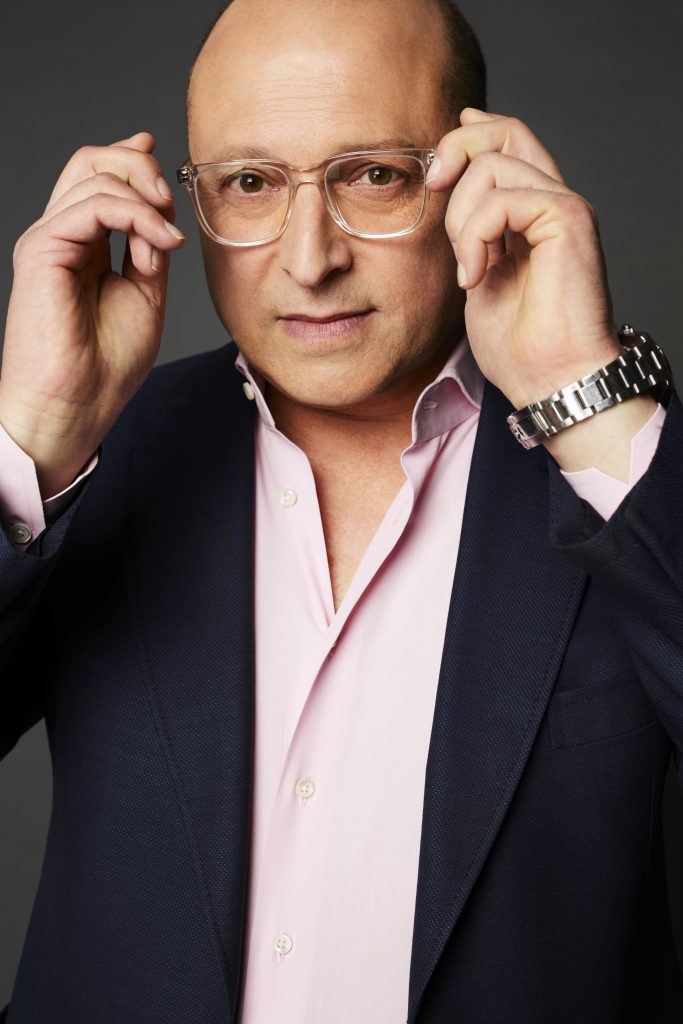
The art world multihyphenate—collector, advisor, dealer—has been dubbed the insider's 'secret weapon.'

Sarah P. Hanson

Whoever is on the other end of a phone call with Evan Tawil will always be clear on where he is coming from. He prides himself on his blunt honesty and his ability to navigate the large subsection of “bullshit artists, time wasters, and bushwhackers” that populate the art world. Although Tawil has operated as a collector, an art advisor, a private dealer, a middleman, and a matchmaker, his preferred term of vocation? “Connector of the dots,” he says. He’s made networking an art form.
“If it’s private clients, they come to me word-of-mouth,” he says. “If it’s the trade—dealers, auction houses, advisors—it’s because they know I’m a closer, not a tire kicker. My clients become my friends, and my friends become my clients. So, it’s natural and it’s fun—because I’m fun. Also because of my quick responses and my immediate transparency. Most advisors in this field are not transparent. It’s all secrecy and privacy. And 98% of the time, that equates to smoke and mirrors.”
Unlike many people in the business of buying and selling art, where haughty froideur and polite euphemism reign, Evan Tawil isn’t afraid to speak his mind. It’s a trait that has served him well in both his past and current jobs. At 23, he began his career in his father’s apparel firm, which manufactured children’s clothing for the likes of Disney, Baby Dior, Kate Spade, and Ugg. “I was very sales oriented,” he says. This stood in contrast to his budding collecting career, where he was led by his eye and art-history background. To wit, Tawil was an avid collector at 21; by 26 he had cracked ARTnews’s list of top collectors under 30. The inclusion was due in part to a deal he struck in the mid-1990s with MoMA’s then-curator, Robert Storr, to acquire a major painting by Congolese artist Chéri Samba in a promised gift—then shared the work with the museum for the next 20 years.
Samba is well known today for his colorful figuration drawing on social realism, but back then, he might have been viewed as left-field pick by an art world stuck on Neo-Expressionists like Schnabel and Salle. But Tawil, a Manhattan native, was in with the 1980s downtown crowd that orbited around Jean-Michel Basquiat and his first dealer, Annina Nosei. Nosei took the astute upstart under her wing, and Tawil made his first purchases largely through his acquaintances in the gallery world: Pat Hearn, Mary Boone, Pat Hearn, Edwynn Houk, Holly Solomon, Stefan Stux, and sometimes the artists themselves, eventually amassing a collection of more than 100 works, many of which he displayed in his firm’s showrooms.
“It began as a passion,” he says. “Seeing the object quality in person can be inspiring, absolutely. But I become really absorbed in the transaction.” The art of the deal is his primary motivator. At one point he considered opening his own gallery, repping primary-market artists, but realized the day-to-day would take him away from deal flow. “Artists want to work with the guy whose name is on the door, you know what I’m saying? That’s all you do, manage artists. And they are a handful.”
Instead, with characteristic intensity, Tawil plowed into the sales aspect, offloading the apparel firm in 2016 and pivoting to full-time dealing and advising under his 9 Muses Art banner. Named a top advisor by Metropolitan magazine in 2020, Tawil prefers to work on a low volume/high price model and counts as clients titans like Joseph Sitt of Thor Equities. They rely on Tawil to move artwork fast and with laser precision. He does not hold inventory, but does hold a sourcebook of the biggest names at auction houses, galleries, and advisories—as well as a database of every transaction he’s handled.
“Evan is both a creative and an intellect,” Sitt says. “He is an extremely wise student of history and culture, and has used that knowledge to further his natural abilities in the art world to guide his clients in the right direction.”
Sotheby’s Los Angeles-based vice chair of private sales, Jacqueline Wachter (who sourced a long-sought Georgia O’Keeffe in the $6 million range through Tawil), says, “I come to him with specific missions. I know he’ll go to the ends of the earth to locate a particular item. No task is too daunting. No mountain too high. Evan will do whatever is humanly possible to get it done.”
“It’s become a job,” Tawil acknowledges. “But I don’t like it any less because of that. It’s kind of like when you indulge your fantasies, they don’t subside. They just proliferate.”
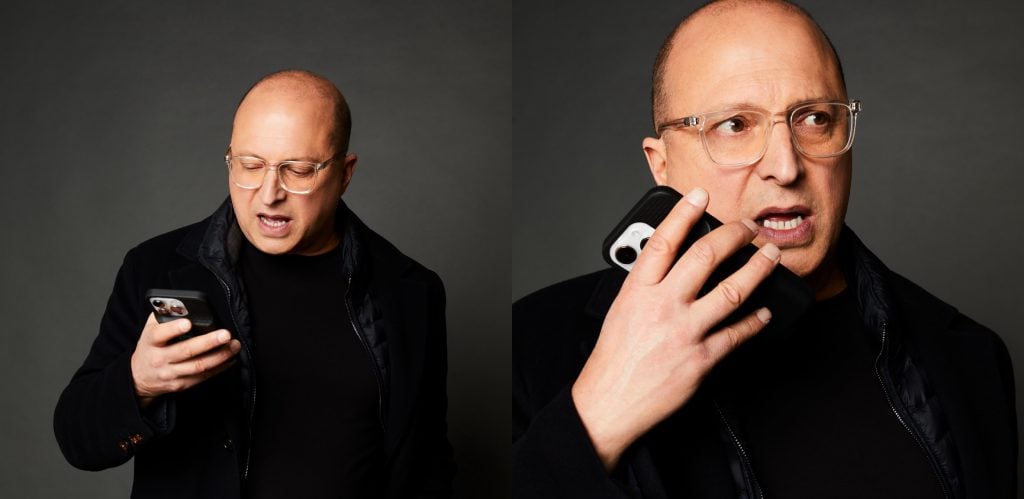
Photo: Caitlin Mitchell, courtesy of Evan Tawil.
Do you remember the first artist or piece that really made an impression on you? What was your first buy?
The first work that made an impression on me, I cannot remember. My first purchase was three photographs directly from American photographer Joel Meyerowitz. He was extremely gracious. These were landscape works from his series “Cape Light.” They still resonate with me in a romantic, nostalgic way.
What were you guided by then, in terms of your purchases? What are you guided by now?
Then, I was guided by aesthetics as well as an artist having critical, curatorial, and commercial recognition. Now, I’m only guided by voices—I’m kidding! I don’t collect much nowadays. Art has become commoditized for me. Like widgets, in a sense. Therefore, I’m guided by what my clients are looking to buy. Sometimes I see art whose beauty astonishes me. However, buyers today are preoccupied with investment potential. There are numerous factors that influence what I recommend. These include the object quality of a work in person, and asking what gallery they are represented by, whose been buying the work (collectors, institutions), what museum shows are upcoming, how desirable is the work (i.e., how difficult is it to obtain), what’s their auction history, as well as the depth of bidders.
How did you enter the supply side of things? What was the first piece you made a deal on or traded on someone else’s behalf?
I had a reputation in my prior business community and among extended family and friends as a collector for many years. I was a collector of note, and I have loaned many works to major museums since my late 20s. My first advisory clients were friends from the Syrian-Jewish community, as well as some evil billionaires. The first things I made them buy, in the mid-2000s era, were: Joan Mitchell, Keith Haring, Basquiat, and Warhol.
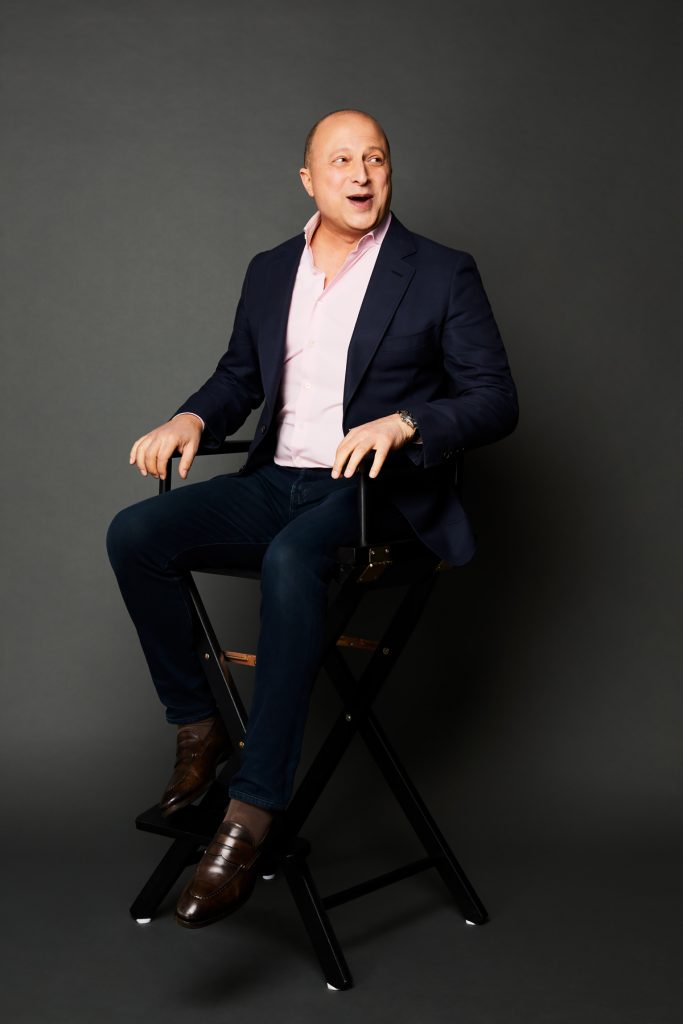
Photo: Caitlin Mitchell, courtesy of Evan Tawil.
Was there anyone early in your career who gave you a piece of advice you still rely on—and, if so, who and what was it?
My father. He taught me everything I know. Hard to say only one thing he taught. Here’s one: “Honesty saves time.”
Are there any tools you consider essential to your job? What about your own database?
I’m not saying this to promote you. Everyone knows Artnet’s Price Database is the Bloomberg of the art world. It’s indispensable, and thus far, irreplaceable. It’s the first tool that enabled buyers to quantify the value of artworks in an opaque marketplace. Prior to Artnet, you had to look through stacks of catalogs, dating back years. It was impossible, unless you had someone dedicated to compiling those catalogs and handwriting the results next to the estimates. Of course, auction price is merely one factor to consider when ascertaining value. Not to be didactic, but one must also consider rarity, quality, condition, timing of the auction, number of bidders, and other factors. But before Artnet, it was an esoteric market. Artnet provided the first litmus test for the average person to understand the base value of a work based on public auction records.
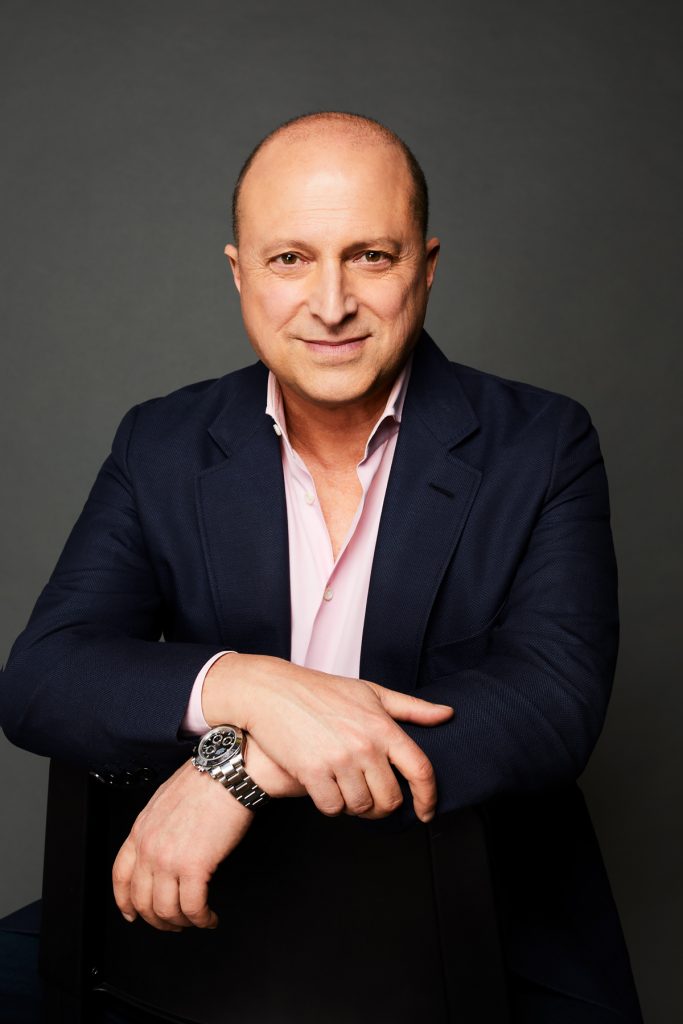
Photo: Caitlin Mitchell, courtesy of Evan Tawil.
What’s the largest deal you’ve orchestrated? What’s one you’re proud of? What’s the one that got away?
A $13 million Joan Mitchell from 1960. I can’t think of any I’m proud of. The one that got away was a $49.5 million offer on a parcel of two works that included a Monet waterlily. The seller held out for $52.2 million, and the deal fell apart. I was very sad. For ten minutes. Then I had a martini, and I was fine.
You’ve been called the art world insiders’ “secret weapon,” and yet you are committed to transaction transparency. Why is that?
Firstly, I always keep things confidential when asked or contractually obligated. This is critical in our field.
The term “art world insiders’ secret weapon” came about because I’m not a known gallery or auctioneer. And because I’m effective. I’m transparent in many requests and transactions because honesty saves time. In this business, success is a function of time management. One needs to focus keenly on what’s actionable. If information is withheld, if there are mystery buyers, if there’s secrecy, and lack of transparency, it wastes the time of a good and reliable transactor. For 95% of the time, a request is not viable or actionable for one reason or another. People want to know this from the outset. Transparency leads to efficiency.
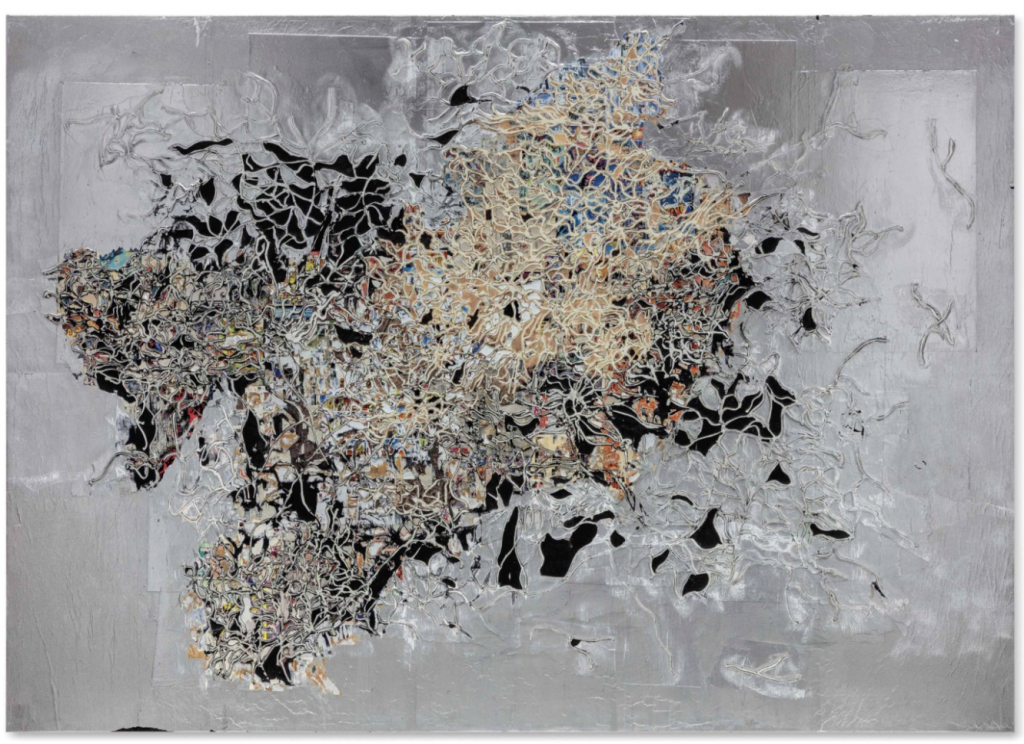
Mark Bradford, Boreasa (2007). Courtesy of Evan Tawil.
What, in your opinion, is the most important issue the art world isn’t talking about?
That collectors who buy works on the primary market and sign non-resale clauses sometimes quietly and carefully resell those works early on. Another is that many people feel or see auctions as sometimes rigged. I never quite agreed or understood. There’s so many ways works get sold (e.g., to support an artist’s market, or to secure that a lot sells with a guarantee). Yet this is all still part of the market dynamics, and real money is trading hands (legally!). What’s more, those sales records are memorialized and relied upon in future market intel.
What is the dumbest thing a would-be buyer could do while trying to close a deal?
Trying to renegotiate a deal after it’s already been agreed. It’s dishonorable and no one ever trusts that person again.
What’s your view of the art market in economic terms? Is it efficient as is, or is it being held back; and, if so, by what?
In economic terms, it seems to be always growing. And I’ve been watching it forever. I think we see less volatility because it’s an asset class that uses very little to no leverage. Unlike real estate and other capital markets that can be hugely affected by interest rates, inflation, and so on.
Ironically, to the detriment of dealers—it’s actually much more efficient than it used to be. In short, because of the internet. But that doesn’t often account for identifying quality, or things that are off the radar or off market. And that’s where a fine-art advisor comes in.
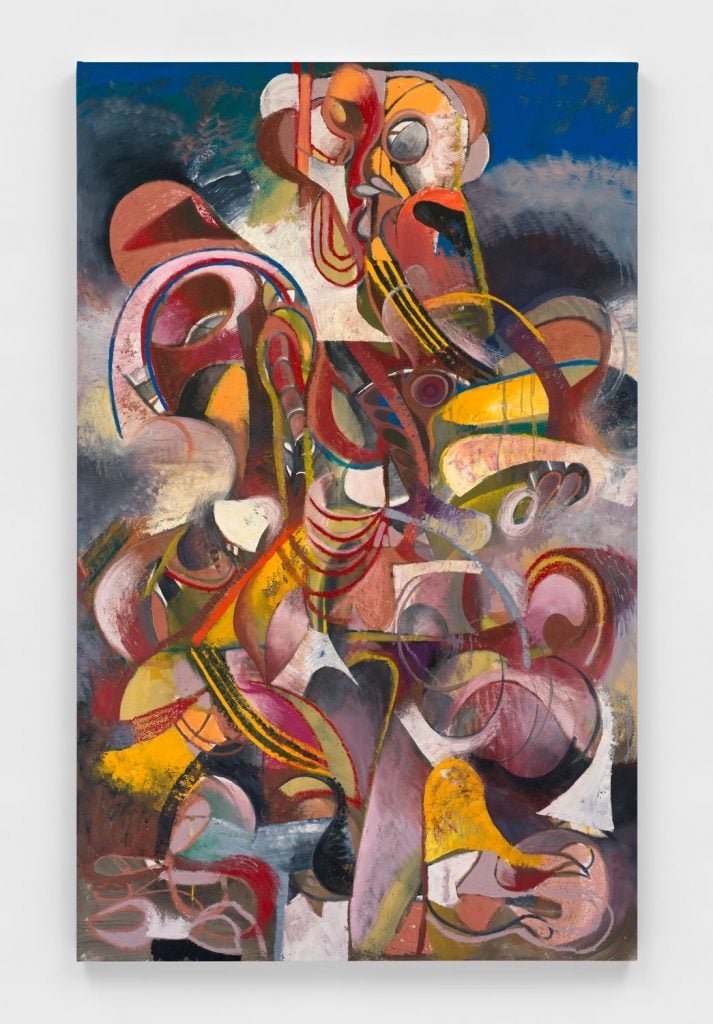
Zio Ziegler, Hundred thousand year figure (2023). Courtesy of Evan Tawil.
Where’s the smart money today in the art market—where and who are you looking at?
The smart money is in purchases north of $1 million. New collectors who are interested in art as an investment always tell me they’d rather buy 10 pieces for $100,000 each, rather than one work for $1 million. I tell them to do the latter. They never listen until after they’ve been in the collecting game for a long time. Yet the art market is not like any other market. There are very high barriers to entry. There are few people who have the aggregate experience, contacts, and knowledge to provide kind stewardship for real buyers who are ready to deploy.
As far as who I’m looking at, it’s those artists who I’m getting the most requests for. That fluctuates. Lately it’s Yayoi Kusama, George Condo, Rashid Johnson, Ed Ruscha, Cecily Brown, Jean-Michel Basquiat, and Yoshitomo Nara, to name the most common requests.
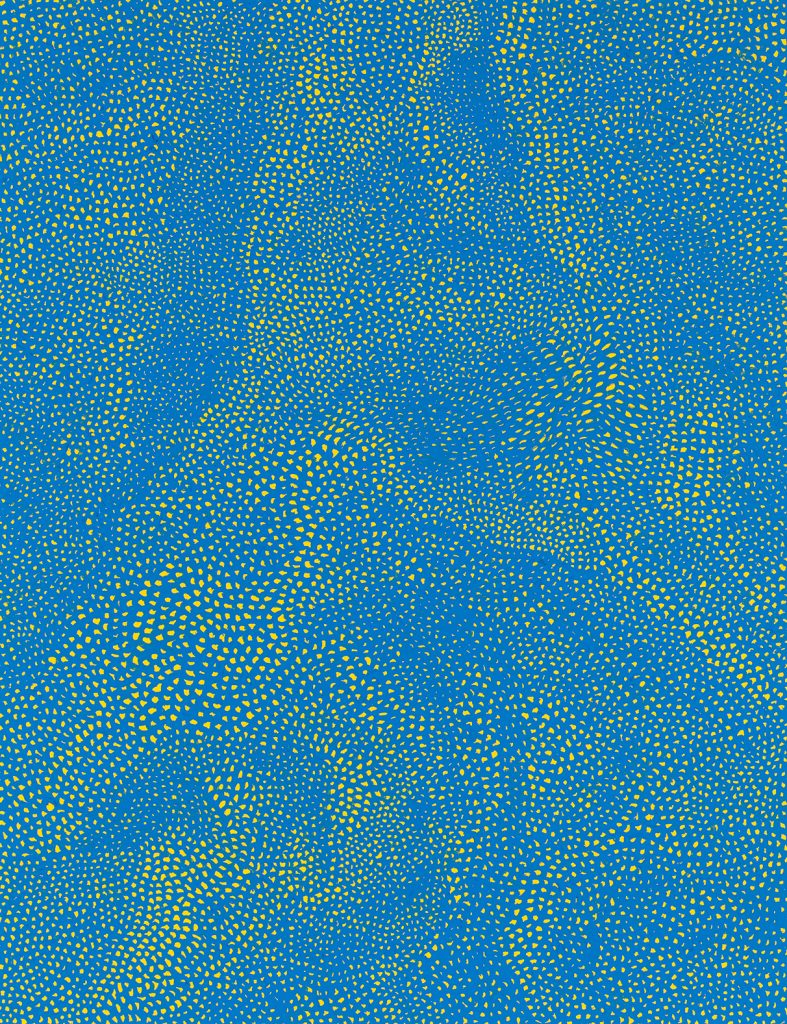
Yayoi Kusama, Infinity Nets (Toen) (2014). Courtesy of Evan Tawil.
More Trending Stories:
Four ‘Excellently Preserved’ Ancient Roman Swords Have Been Found in the Judean Desert